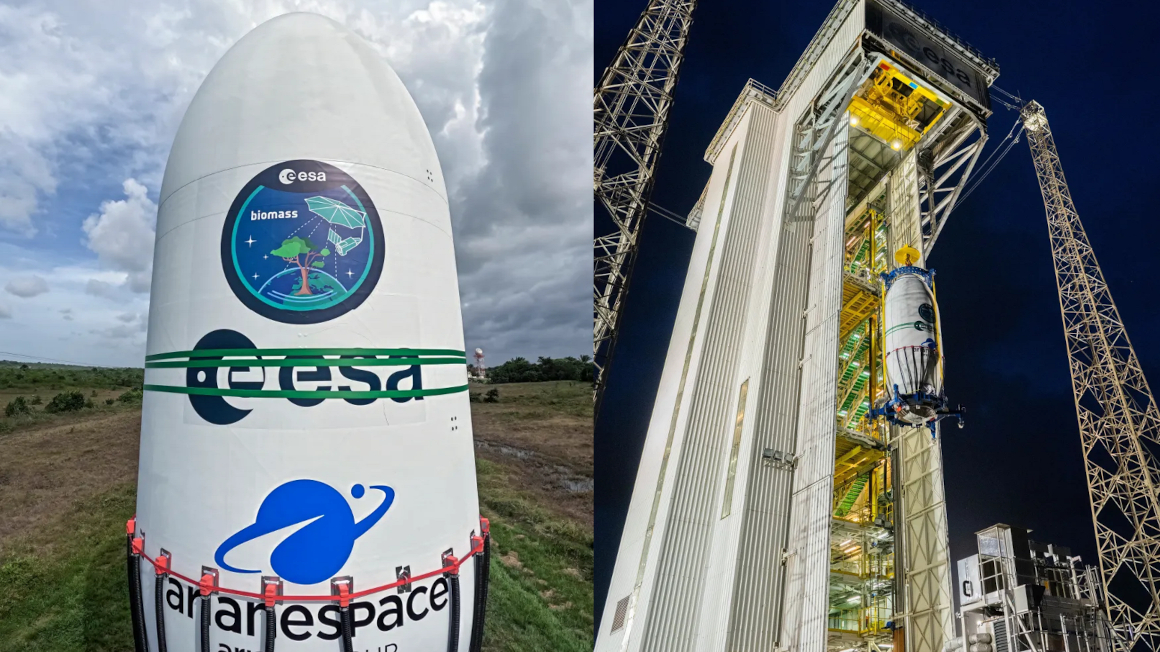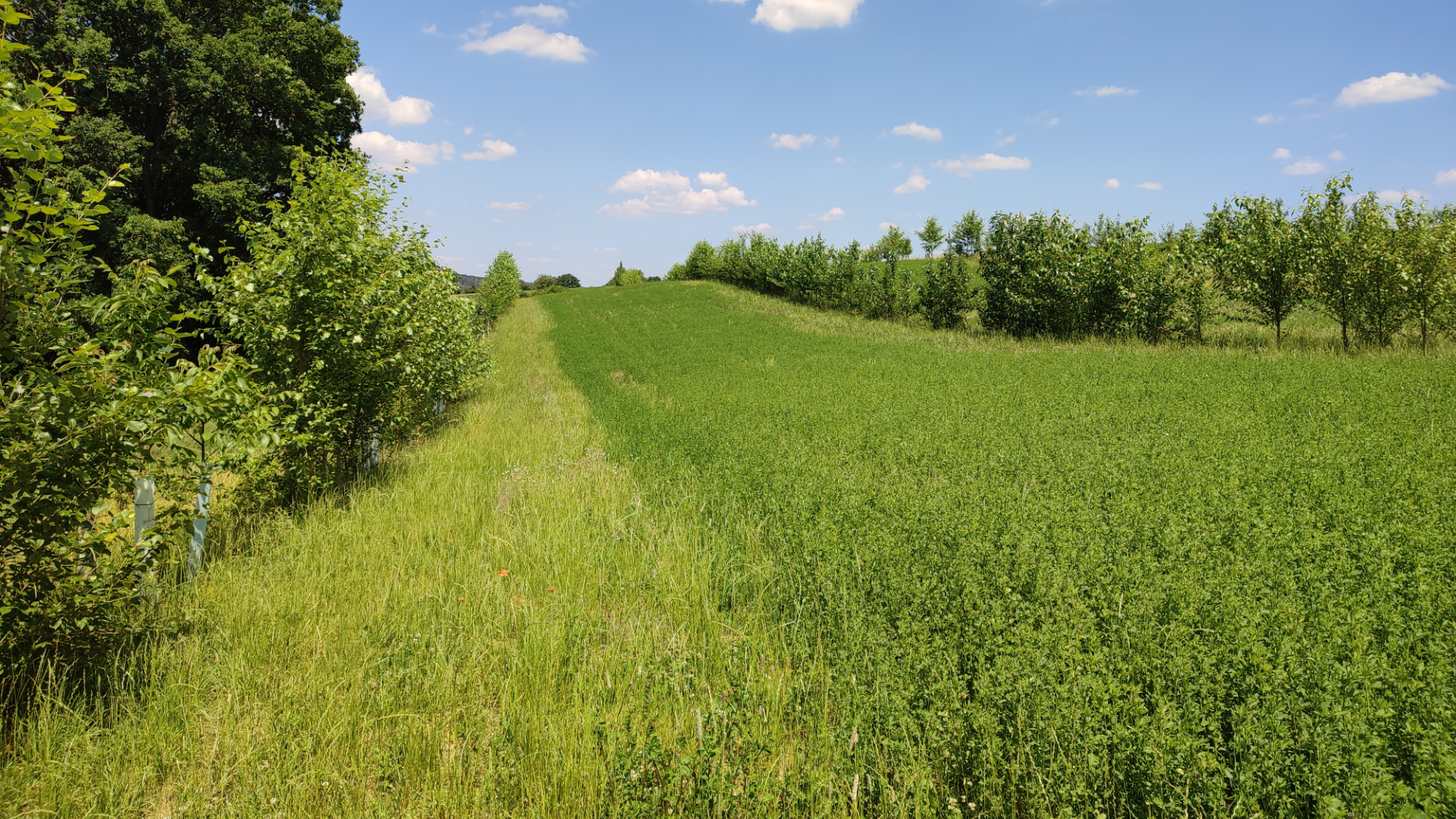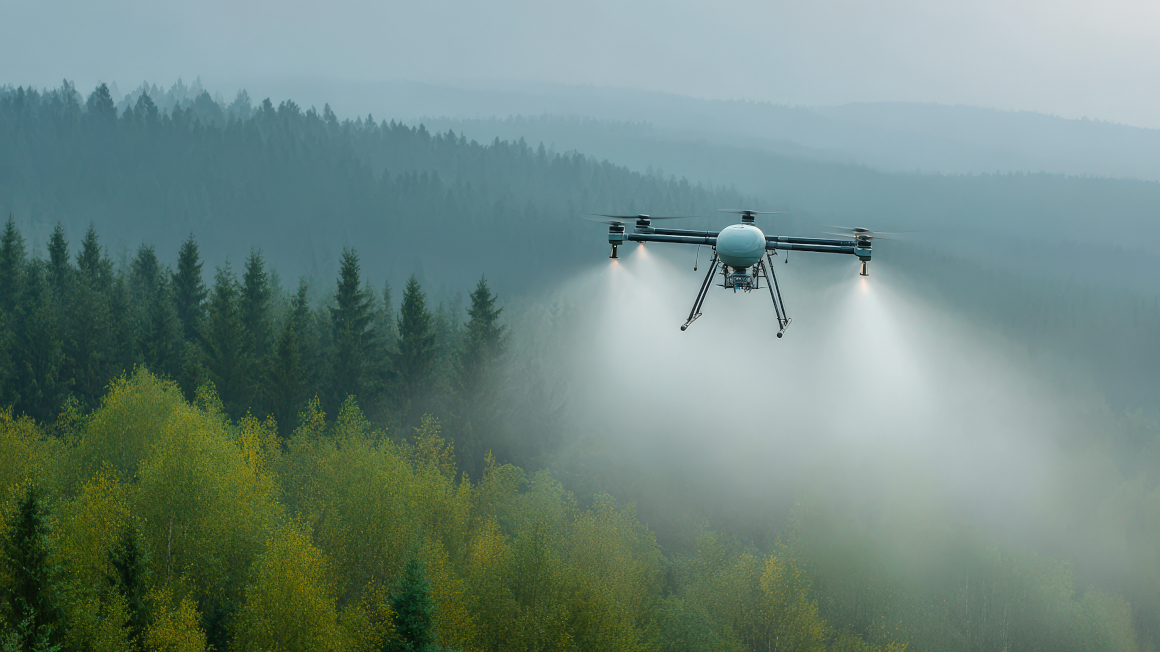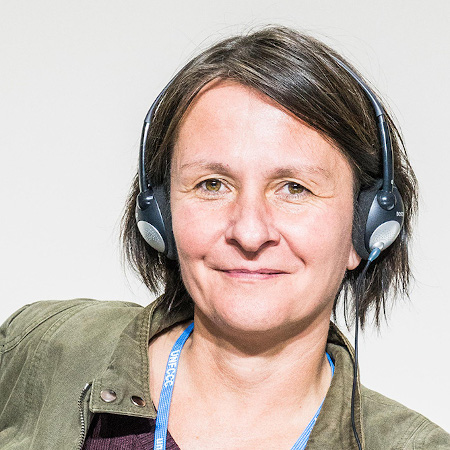ESA sends BIOMASS satellite into space
The European Space Agency ESA has launched its BIOMASS earth observation satellite to measure forests.

Forests are both a carbon sink and a source of raw materials. However, the condition of trees has not only deteriorated in Germany. Aridity, drought and pests as well as large-scale deforestation in the tropics are jeopardising ecosystems worldwide and fuelling global warming. On 29 April 2025, the European Space Agency (ESA) launched BIOMASS, a satellite designed to monitor the Earth's green lungs.
Detailed world map of forest biomass
Until now, it has been difficult to collect reliable data on global biomass - particularly in the tropics - as the capabilities of existing satellite technologies are limited. As part of the new ESA mission, a detailed map of forest biomass is now to be created and its condition monitored. According to ESA, this closes a gap and ushers in a ‘new era’ for measuring forests. "With the successful launch of BIOMASS, we will be looking at tropical forests through a completely new lens. This is the first satellite with a P-band radar in space that allows us to look deeper into the canopy than ever before and thus determine the biomass and its changes much more precisely," says Nuno Carvalhais, project manager of the BIOMASS project office at the Max Planck Institute for Biogeochemistry in Jena.
Satellite equipped with innovative radar system
The innovative P-band radar is based on powerful wavelengths and, according to the researchers, can record the structure of different types of forest and provide data on above-ground biomass. The latter is an important indicator of the carbon stocks of terrestrial ecosystems and the basis for global climate protection measures, they say.
Free access to satellite data
The BIOMASS satellite will orbit the earth for at least five years. The data will be freely available to researchers worldwide, as well as to environmental organisations and governments. The BIOMASS project office, which is based in Germany, will organise training courses and workshops to ensure that this satellite data is used optimally and that forest research, climate studies and ecological applications benefit from it.
bb


